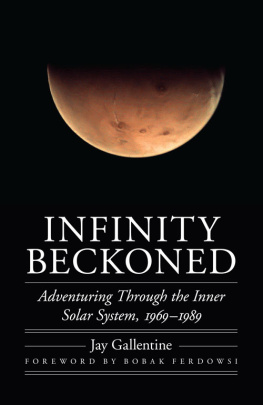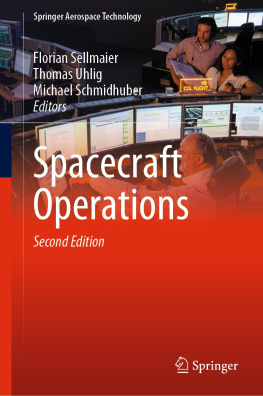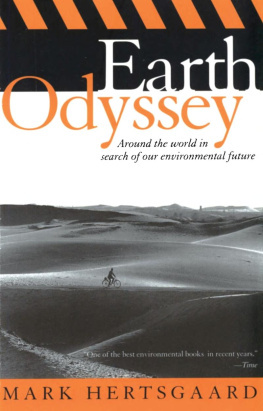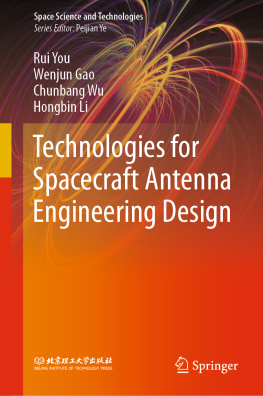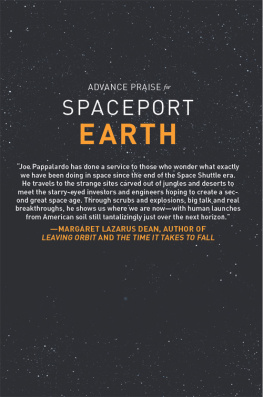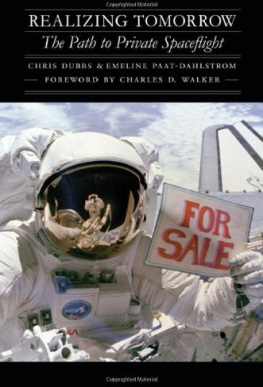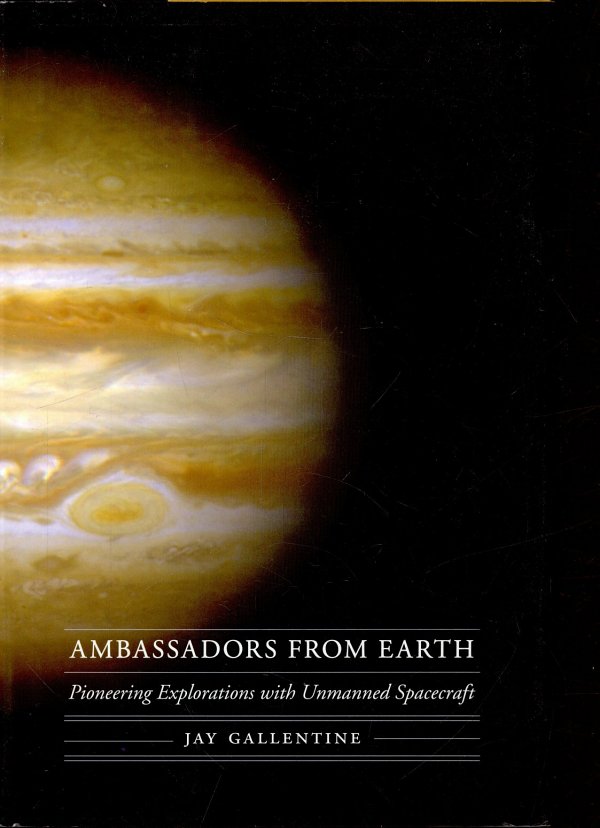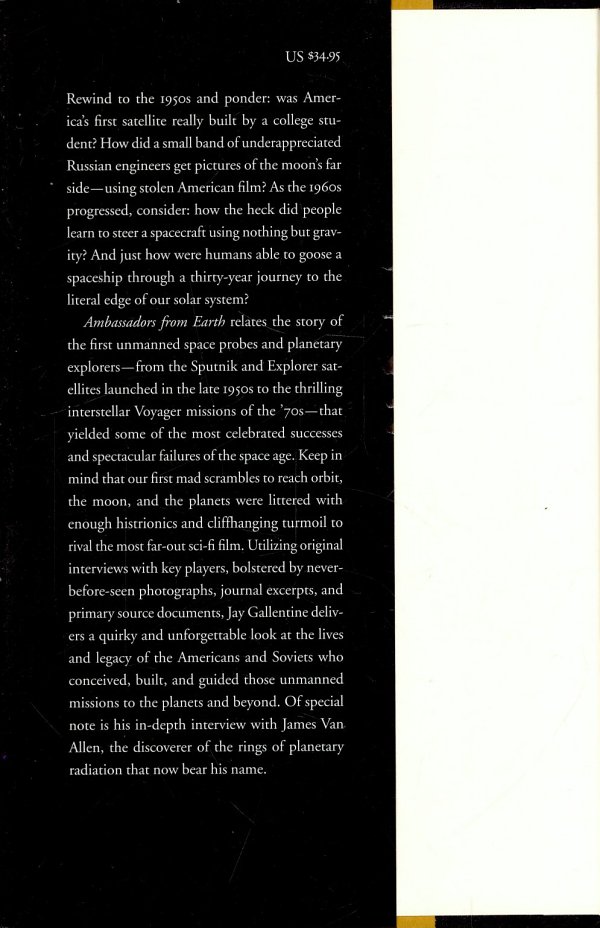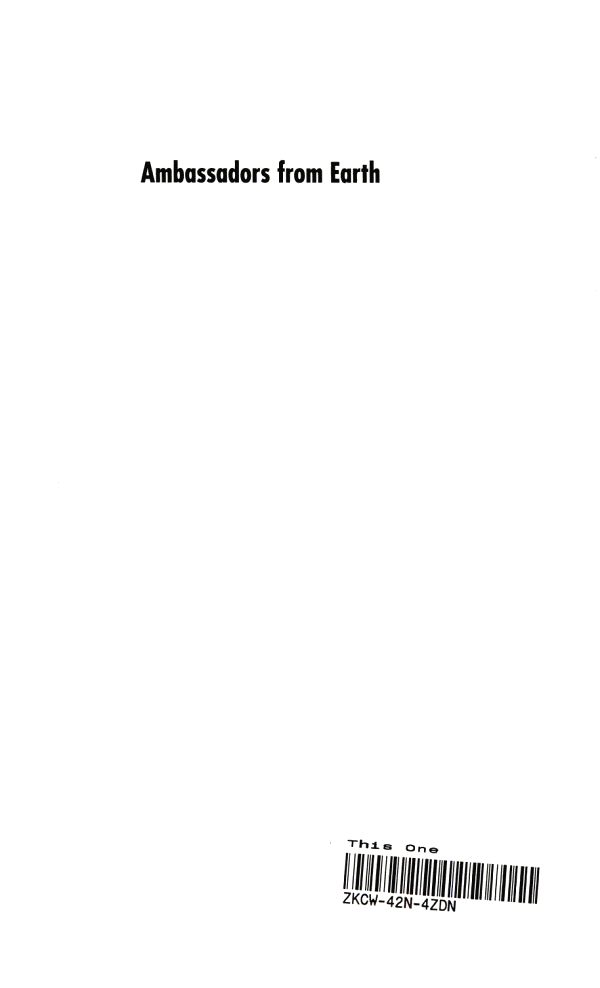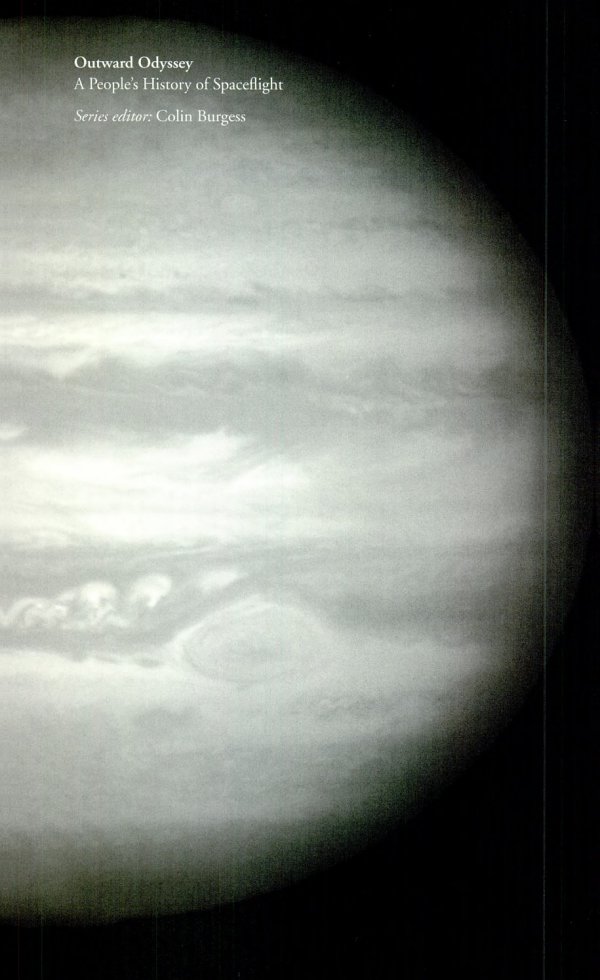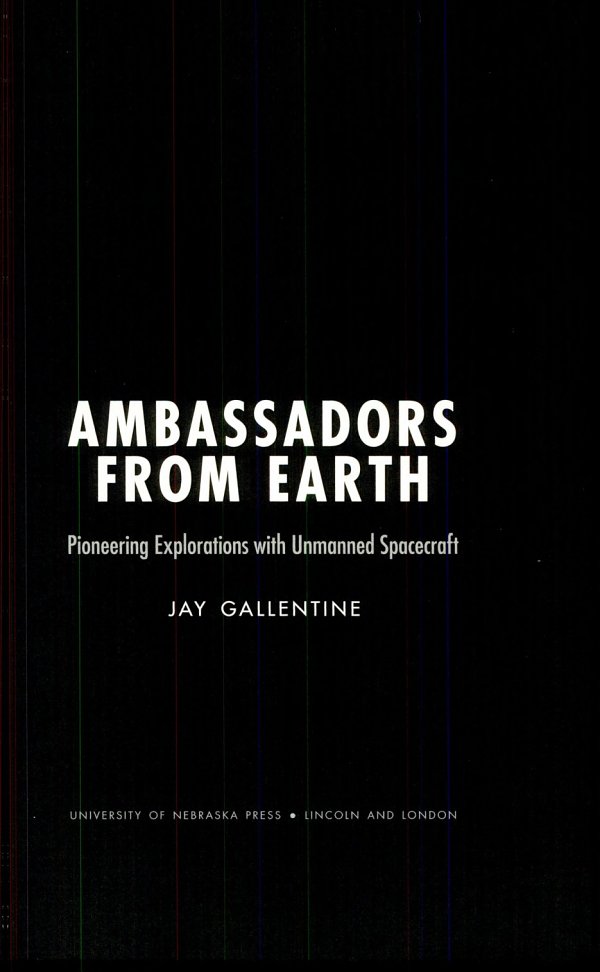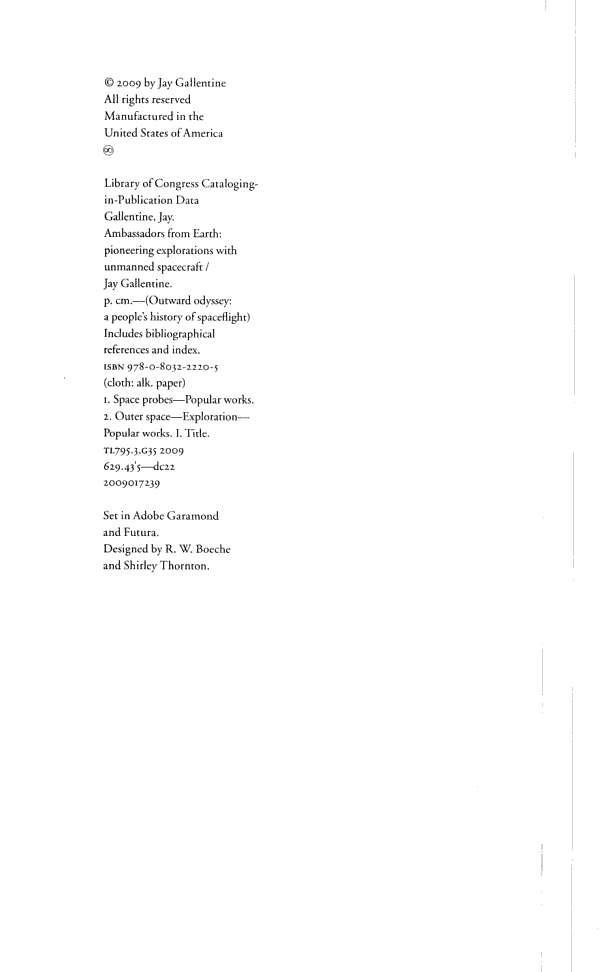Dedicated to those citizens of Planet Earth
who have labored to bring the solar system
just a wee bit closer to all of us.
We shall not cease from exploration
And the end of all our exploring
Will be to arrive where we started
And know the place for the first time.
T. S. Eliot
"Now, Voyager, sail thou forth
to seek and find."
Walt Whitman
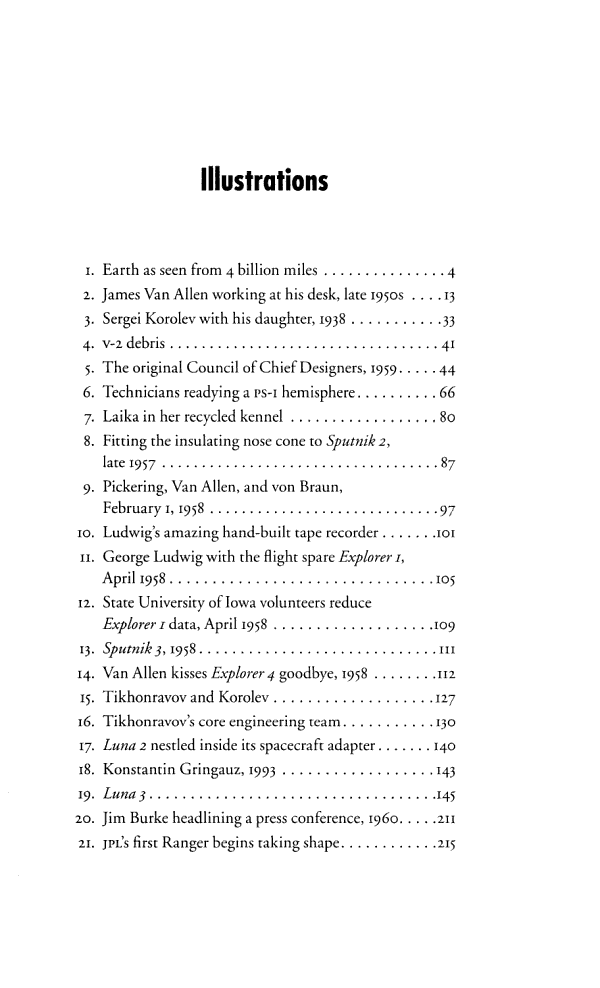
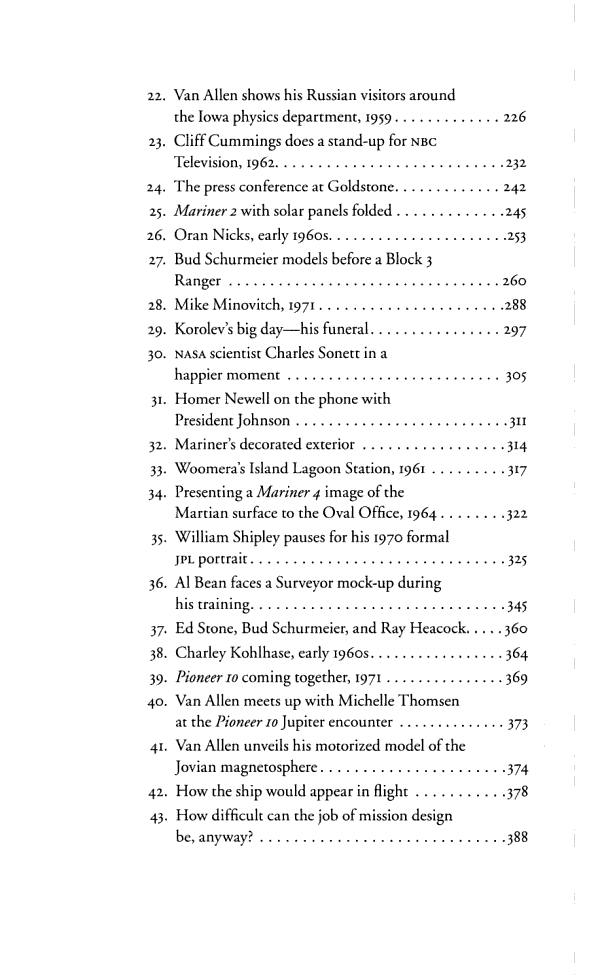
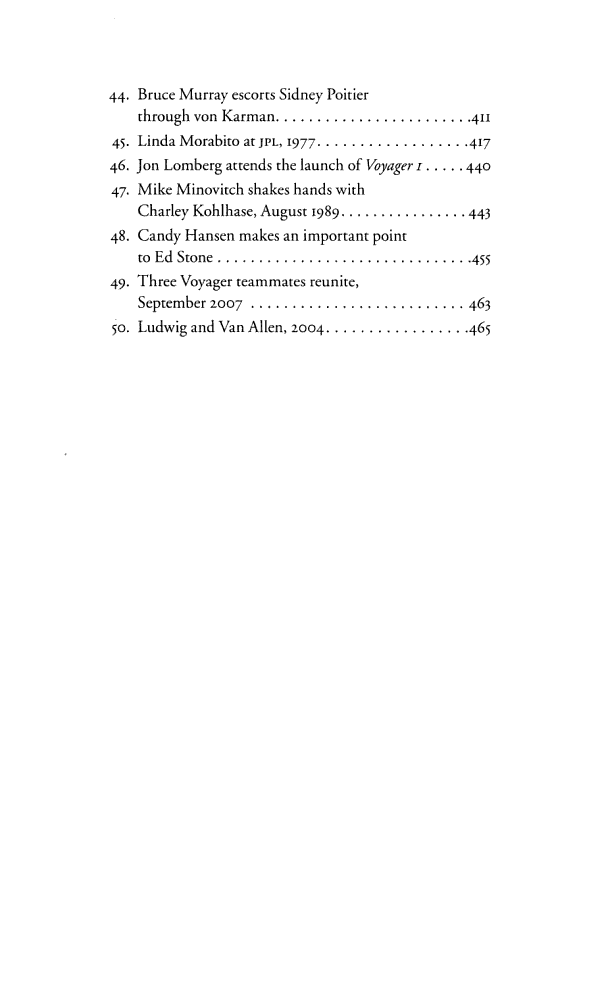
Acknowledgments
How wrong I was to ever consider the writing of this book to be a solo effort. So many wonderful people have so unselfishly contributed to the project.
To my loving wife, Anne, provider of endless understanding and support during the slow years of compiling information, who put up with constant probe talk and let me go enough to get this thing done. I love you to the ends of the solar system. To my sons Ben and Matt, you guys are my heroes, and I am distinctly privileged to spend a lifetime being your dad.
To the publisher, the University of Nebraska Press: Gary Dunham, Rob Taylor, Sara Springsteen, Elisabeth Chretien, Ray Boucheall are magnificent folks who have been of immense help. Thanks for having me do this book!
To Colin Burgess, author extraordinaire. Through endless e-mail exchanges, he coached me through a million little day-to-day issues. Colin, thanks so much!
Jeremy Hall skillfully polished the text with his professional copyedit.
To all of my interview subjects, who gave selflessly of their time and memories and helpful feedback for the sake of history. Without you all, there are no ambassadors; there is no story. Nearly every one reviewed the manuscript sections that involved themselves and were kind enough to make corrections, offer feedback, and add valuable personal anecdotes. In particular, Charley Kohlhase went way beyond the call of duty. He was kind enough to critique the entire work from start to finish and help me chase down the seemingly endless factual concerns. James Van Allen initially refused an interview, only to later set aside three priceless days to receive me in his office for one of the most memorable chats I might ever have. Robert Cesarone assisted me with the intricate machinations of spacecraft trajectories and supplied personal materials relating to his work and the directions that Voyagers 1 and 2 are headed. Michael Minovitch, at his own ex pense, sent me box after box of primary source documents related to his work at Ucla and Jpl, along with many photographs. Thank you! Candice Hansen reviewed the Voyager section, pointed out some inconsistencies, and added warm stories. Jim Burke, George Ludwig, Charley Kohlhase, Bud Schurmeier, Candy Hansen, Anita Sohus, Michelle Thomsen, and Jon Lomberg graciously dug through their personal photographic collections to provide readers with seldom-seen imagery.
By sheer dumb luck, I encountered Kay Ferrari of the Jet Propulsion Laboratory during a 2004 Lab tour; over the last four years, she's been a constant source of assistance, suggestions, and amusing insight. Kay, you're amazing!
Thanks to Philip Corneille, Fellow of the British Interplanetary Society, who was an endlessly encouraging, helpful reviewer of early drafts. He also kept needling me to find better and better pictures and even opened his entire photographic collection up to my cherry-picking.
Thanks to Paolo Ulivi, who diverted time from his own writing on unmanned spacecraft to review pretty much the entire manuscript and comment in such helpful detail. Much gratitude also goes to Bruce Moomaw, who supplied a treasure trove of material on the early air force probes. This is an element of space history that would be just about gone if not for people like Bruce and his dedicated research.
Down in Iowa City, filmmaking friend David Gould more or less implored me to come stay with him for my interview with Van Allen. Over the course of the week there, David served not only as host but also as consultant, sitting down with me each evening to review the substance of that day's discussions, locate holes, and suggest follow-up questions.
Kathy Kurth of the University of Iowa Department of Physics and Astronomy was most gracious in assisting me with the sourcing of pictures. Many thanks also to the Jpl Archives for their generosity and expertise: Julie Cooper, Charlene Nichols, Charles Avis.
Cargill Hall endured many questions from me concerning Ranger details, including more than five of the who-did-what-and-when variety. Asif Siddiqi kindly responded to several e-mails seeking to clarify obscure details of the early Soviet space efforts. Former Jpl worker Henry Richter added much weight to the argument that "the Deal" originally referred to poker.
For one highly interesting year, I enjoyed the company of a Russian neighbor, Alex Fomenko. Think six-foot colossus with a moustache befitting his stature. From him I learned much about Russian culture and history, and about the Soviet military. Before moving away, I received a warm arm around my shoulder: "Russian or American, we are all the same," he said. "We are people."
And yes of course, double-special thanks to Ms. Ilene Kelly and Ms. Kathie Williams, Millard North High School English mavens. Both were eternally frustrated with my inability to diagram even basic sentences, yet encouraging of the "little stories" I continually dribbled up on the side. Hope you like this one.
Introduction
If the neighborhood has already gone to bed, then it's easier for stargazing. Or for checking up on things, which is what learned men do. So on balmy summer nights in Tullahoma, Tennessee, Gary Flandro sometimes wanders outside after a good day and sights up his thumb at the darkened sky.
A select few constellations always get the man's attention, and he knows right where they are... not a lot of searching involved. Gary's thumb extends in the general direction of the Serpent Handler, which makes for something of an arresting choice of nicknames. Astronomers describe this faint stellar grouping as Ophiuchus, a fairly ancient member of the skies. It's snuggled between Hercules and Sagittarius and is typically not the first constellation on the tip of anyone's tongue. Except maybe Gary's.


